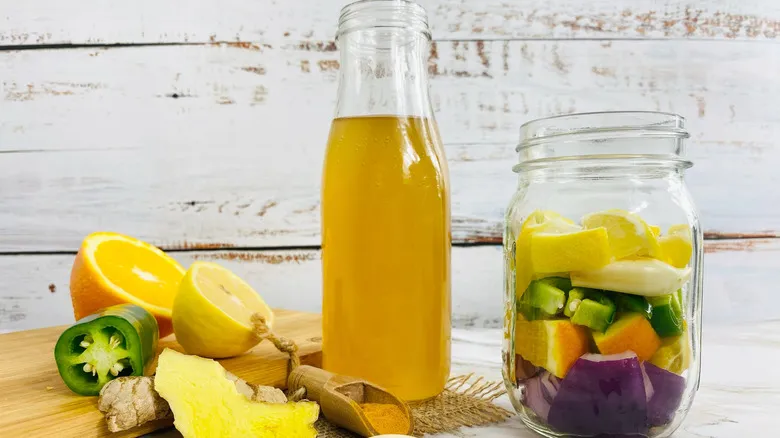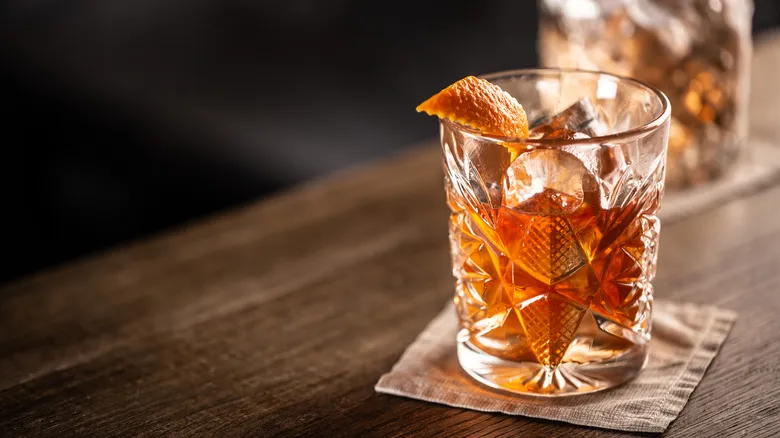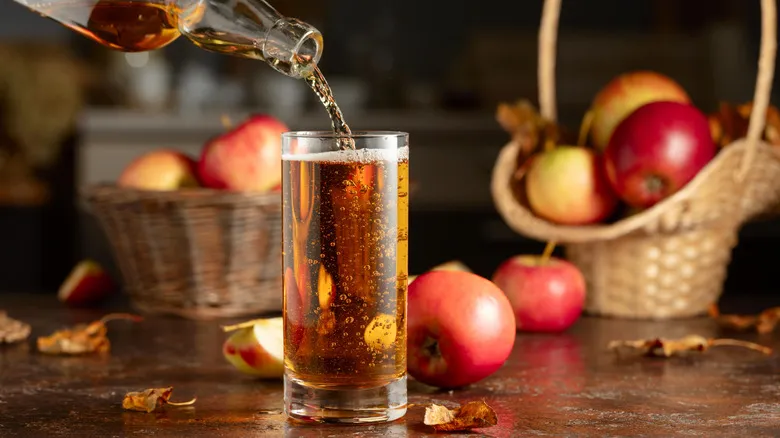Hot process cocktail shrubs enable quick assembly

For cocktail lovers, creating a hot process shrub is a familiar endeavor. This popular drink ingredient is made in a manner similar to preparing a simple syrup. In fact, some hot shrubs begin with a sweet base, blending fruit and vinegar into the syrup. Others combine vinegar and sugar to create a tangier syrup alternative. Since the final shrub should be liquid rather than syrupy, it is usually diluted with water, allowing for the removal of solid components through straining.
The quick heating and spontaneous mixing facilitate a faster preparation, which is the main advantage of this method. Additionally, certain ingredients tend to taste better when heated, particularly those that release oils. Spices like cinnamon and cloves, herbs such as rosemary, and sturdier fruits and vegetables like apples, rhubarb, and pears respond well to this technique. However, caution is advised with more delicate fruits, as their flavors can change with heat. Generally, hot process shrubs may lack the complexity of their cold counterparts, as the vinegar, fruits, and aromatics do not have the time to fully blend.
Slow infusion crafts complex cold process cocktail shrubs

Bartenders typically favor the cold shrub-making method. While it demands more time and skill, the outcome is a brighter and more intense flavor profile. The fruit's initial tastes are more effectively conveyed, complemented by a delightful tang. This makes it easier to blend with other cocktail elements, enhancing the overall complexity.
In contrast to the hot method, the steps for the cold process vary slightly. Most begin by letting the fruit sit in sugar for two days, which softens it and releases its juices. Afterward, the mixture is strained, combined with vinegar, and allowed to rest for several days. Alternatively, some choose to mix all the ingredients at once, letting them blend together. Regardless of the approach, the resting period is crucial. During this time, the acids dissolve the sugar crystals, creating a more cohesive shrub. Since no cooking is involved, the vibrant flavors of ingredients like berries, pineapple, and stone fruits remain intact. Whether you're looking to enhance a New York sour or create an entirely new cocktail, shrubs offer a tangy twist that adds an unexpectedly lively layer of flavor.
Recommended

Tom Hanks' Signature Drink Is An Unexpected Concoction

How Blue Cheese-Stuffed Olives Ended Up In Your Martini

3 Easy Ways To Make Your Old Fashioned Even Better

What Is A Roy Rogers Drink And Is It The Same As A Rob Roy?
Next up

